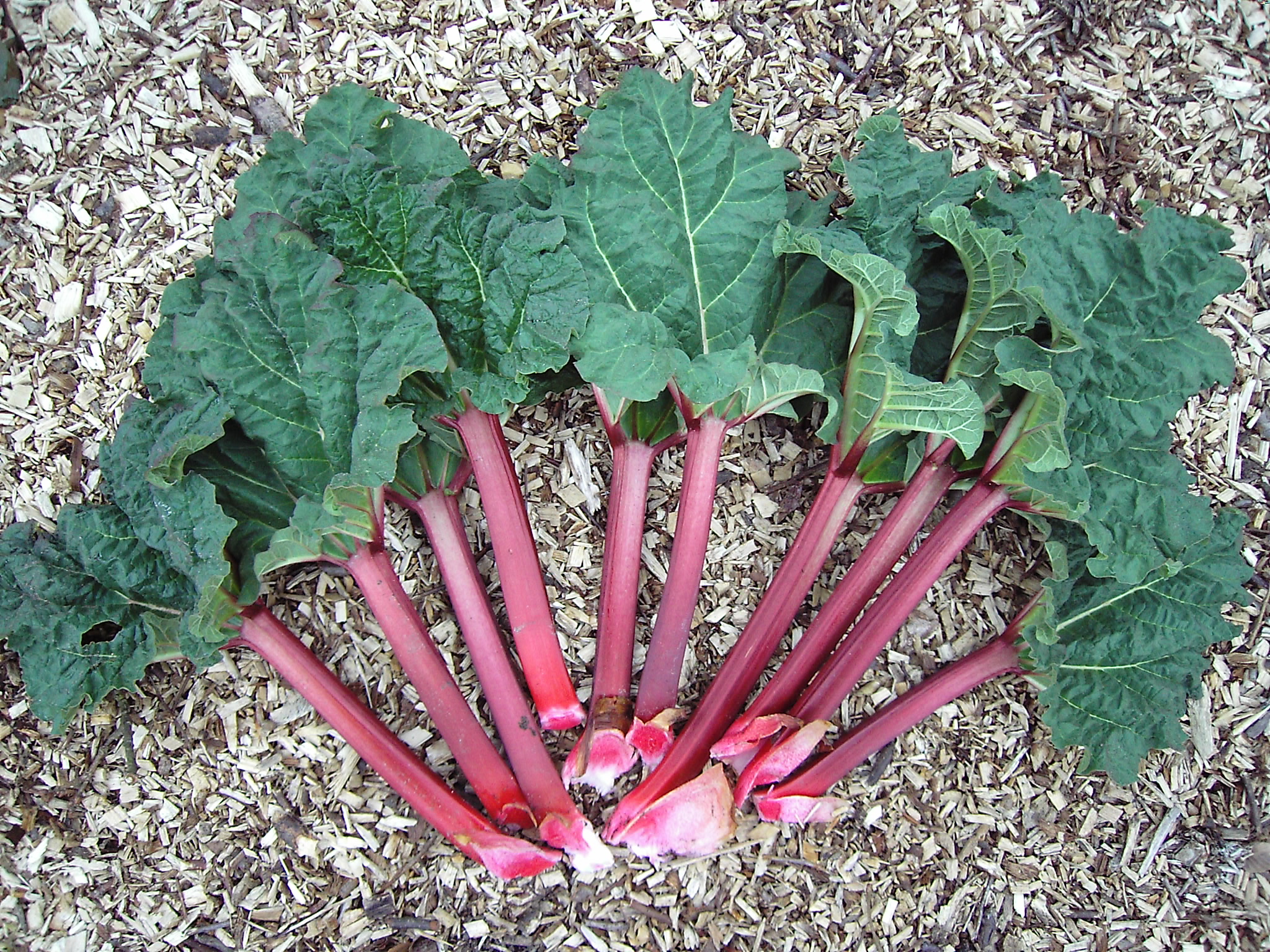 |
| Issue 181 of DC comics Batman, introducing Poison Ivy for the first time (1966). The leaves are very similar to true poison ivy, and definitely not English ivy leaves. © DC Comics, fair use, Wikipedia. |
"Poison Ivy is an enemy of Batman. She is depicted as one of the world's most prominent eco-terrorists. She is obsessed with plants, botany, and environmentalism. She uses toxins from plants and her own bloodstream for her criminal activities, which are usually aimed at protecting the natural environment."Poison Ivy is of course named after one of North America's most troublesome weeds, the poison ivy (Toxicodendron radicans) in the family Anacardiaceae, same family as the tasty cashew nut and mango, as well as poison oak and poison sumac. This incredibly common woody plant, which can be a shrub or a liana, can cause absolutely horrible allergic dermatitis (skin reaction) with liquid-filled blisters and sores that can take weeks to heal. I know this first hand; I became allergic after moving to the US.
(link to this quote and more information about Poison Ivy at Batman Wiki)
What is interesting with Batman's Poison Ivy is her leafy coverage, which has changed over the years. Now, remember, most Americans know how poison ivy looks like, 'leaves in three, leave them be'. In reality the three 'leaves' all belong to the same leaf, which is divided into three separate leaflets.
 | ||
| Poison ivy, leaves are divided into three separate leaflets, with the middle leaflet stalked. Do not touch this plant! Photo by Esculpio, public domain, link |
But there is a sort of namesake, English (and Irish) ivy (Hedera helix and H. hibernica), which is an unrelated, non-allergenic European plant that has spread through horticulture across North America. English ivy has simple leaves with three lobes. Since the common names are similar, and both have green leaves and are climbing, people confuse these plants.
 |
| English ivy, with non-divided but lobed leaves. Photo by James H. Miller, USDA Forest Service, public domain, link |
Now, why is this important? Well, accessorizing Poison Ivy with the wrong plant is kind of giving Luke Skywalker a sunflower to fight with instead of a lightsaber. One is powerful and strong, the other is just pretty. We are not talking imaginary futuristic plants here, we are talking about living, existing species. Nobody would name a character 'Lord Bear' and then let him wear a deer skull on his head, now would they? The same thing should matter for plants, especially toxic plants.
So, lets see who got it right? These are true poison ivy leaves.
 | |||
| 1966, with correct leaves on. (c) DC Comics, fair use, link. |
 |
| Poison ivy on the cover of Joker's Asylum issue 1, 2008 (by DC Comics). A little hard to tell on this, but there are three-divided leaves on the brown branch at the bottom right and the leaves do not look like English Ivy at all. (c) DC Comics, fair use, link. |
 |
| A closeup of above illustration. Source, see above. |
 |
| Poison Ivy in 1981, also with right leaves on. © DC Comics, fair use, drawn by Irv Novick and Steve Mitchell, link. |
And in the last ten years, things started to go wrong.
Here we have sometimes English ivy instead of Poison Ivy.
Here we have sometimes English ivy instead of Poison Ivy.
 |
| The leaves are clearly broad and have three lobes, so English ivy it is. Promotional art for Batman: Gotham Knights vol. 15 (2001). Illustration by Brian Bolland. Close-up below. © DC Comics, fair use, link. |
 |
| English ivy, definitely. (source, see full image above) |
 |
| English ivy leaves on Poison Ivy. © DC Comics (DC Universe online), fair use, link. |
9 | |
| English ivy abounds on Poison Ivy here. © DC Comics, fair use, link. |
 |
| If you are going to buy a Poison Ivy Halloween costume (for $300), do you want it with English ivy leaves? Here is one of them. Screenshot from etsy, © darkpony designs, fair use, link. |
 |
| Poison Ivy in a DC comics from 2006, with leaves in her hair. Closeups below. © DC Comics, fair use, link. |
 |
| On the upper frame, she appears to have true poison ivy in her hair. |
 |
| But on the bottom right frame the leaves suddenly have become more lobed. This still possibly could be poison ivy, but it is not typical shapes at all. Looks more like English ivy now. |
then you don't have to worry about species identity:
 |
| Poison Ivy in the animated Batman movies. © DC Comics, fair use, link. |










